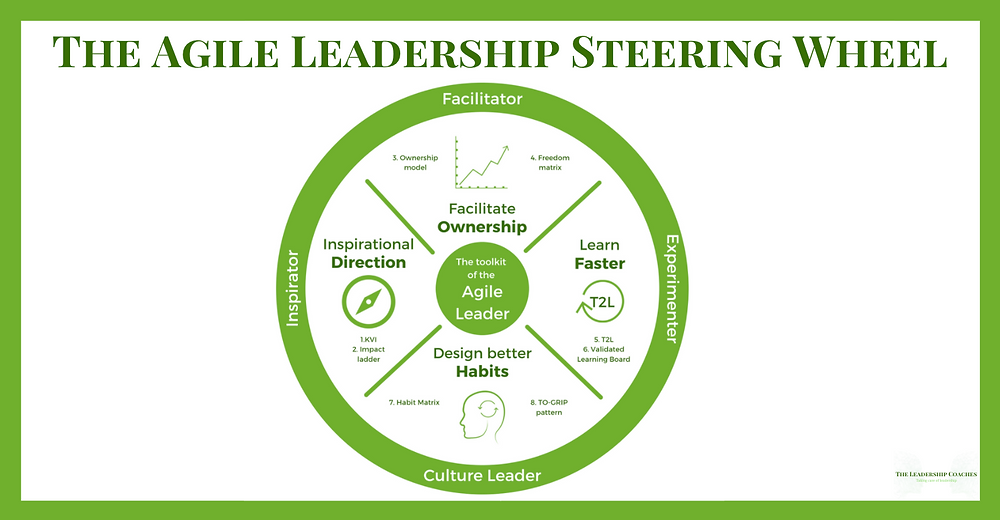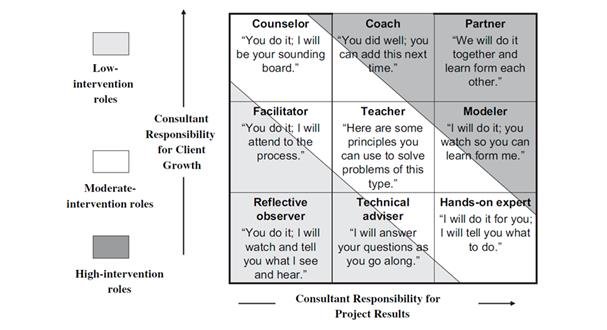
Agile Coaching Part 2
Agile Coaching Part 2
In the second part of the Agile Coaching the focus is on Agile Leadership and the importance of building strong relationships as a scrum coach. Establishing individual connections with team members is crucial for creating a high-performing team. To start, the coach should introduce themselves and share their personal values, such as honesty and confidentiality. Additionally, incorporating fun into the coaching journey can make it more enjoyable. It has been a successful approach since 2008 and emphasizes the significance of demonstrating credibility rather than just talking about it. The article also covers the need for coaches to establish a coaching relationship, understand their coachee, and promote psychological safety within teams. Speak to MCTC today about our consultancy advice and training packages.
Introduction to Agile Leadership
Agile Leadership is a concept that plays a crucial role in coaching and team development. In this article, we will explore the significance of Agile Leadership in the context of coaching and discuss various strategies and techniques that can help scrum coaches build strong relationships with individuals and teams. We will also delve into the importance of credibility, understanding coachee perspectives, effective feedback and coaching strategies, overcoming resistance to coaching, and the stages of a coaching conversation. Additionally, we will explore the application of Agile Leadership principles in change and transformation consultancy, highlighting the benefits and successful case studies. Let’s dive in!
Building Relationships as a Scrum Coach
Building strong relationships with individuals and teams is essential for creating a high-performing team. As a scrum coach, it is vital to introduce yourself and let the team know your personal values, such as honesty and confidentiality. By establishing these values from the start, you can create an environment of trust and psychological safety, enabling team members to feel comfortable taking risks and engaging in interpersonal risk-taking.
Incorporating fun into the coaching journey is also crucial. While the goal is to help individuals and teams improve their performance, it’s essential to balance seriousness with enjoyable experiences. By infusing fun into the coaching process, you can create a positive and engaging environment that motivates team members to actively participate and embrace the coaching journey.
Establishing Credibility
Building credibility as a coach goes beyond simply telling others about your expertise; it requires demonstrating credibility through actions. Showing consistency in behavior and aligning your actions with your words is crucial for gaining trust from individuals and teams. When they see you consistently following through on your commitments and displaying integrity, they are more likely to trust your guidance and advice.
Credibility plays a significant role in coaching relationships as it contributes to the establishment of psychological safety. When team members trust their coach, they are more willing to take risks, be vulnerable, and explore new ideas. Trust creates a safe space for open and constructive communication, ultimately fostering a culture of growth and improvement within the team.
Understanding the Coachee
To be an effective coach, it is essential to understand the perspective of the coachee. Each individual comes with unique experiences, goals, and challenges. By taking the time to understand their perspective, you can tailor your coaching approach to meet their specific needs. Active listening, asking open-ended questions, and creating a space for honest and open dialogue are important techniques for gaining insights into the coachee’s world.
Creating psychological safety is a crucial aspect of successful coaching relationships. When team members feel safe and supported, they are more likely to share their concerns, challenges, and aspirations with their coach. In turn, this enables the coach to provide targeted guidance, support, and feedback that can help the coachee grow and improve their performance.

This image is property of static.wixstatic.com.
Effective Feedback and Coaching Strategies
Feedback is a powerful tool for coaching and fostering growth. As a coach, it is important to employ various strategies for giving feedback to individuals and teams. Tailoring the feedback to the specific needs and preferences of the coachee can ensure that the feedback is well-received and acted upon.
Using open-ended questions in coaching can encourage deeper reflection and exploration. By asking thought-provoking questions, coaches can help individuals and teams gain new perspectives, uncover insights, and develop their problem-solving skills.
Clean language, a coaching tool that focuses on using the client’s own words and avoiding interpretation, can contribute to more effective communication and understanding. By using clean language, coaches can ensure that their feedback and guidance are aligned with the coachee’s own understanding and experiences.
Overcoming Resistance to Coaching
Resistance to coaching can emerge due to various reasons, including fear of change, lack of trust, or a misunderstanding of the coaching process. As a coach, it is important to be aware of the signs of resistance and be prepared to address them effectively.
If a coachee displays resistance to coaching, it may be necessary to reevaluate the coaching relationship. It is crucial to approach resistance with compassion and empathy, seeking to understand the underlying concerns or fears. By openly addressing these concerns and adjusting the coaching approach accordingly, coaches can help individuals overcome resistance and embrace the coaching process.

This image is property of i0.wp.com.
Stages of a Coaching Conversation
A coaching conversation typically follows a structured process that facilitates productive and impactful exchanges. The stages of a coaching conversation include creating an environment for coaching, exploring the coaching topic, navigating towards actionable steps, and committing to the agreed-upon actions.
Creating an environment for coaching involves setting the tone and establishing trust and psychological safety. It is important to create a safe and supportive space where individuals feel comfortable sharing their thoughts, challenges, and aspirations.
Exploring the coaching topic entails delving into the specific areas of focus and helping the coachee gain clarity and insights. By asking powerful questions, coaches can encourage deeper self-reflection and exploration, helping the coachee uncover their strengths, areas for improvement, and potential solutions.
Navigating towards actionable steps involves collaboratively identifying and prioritizing specific actions that will support the coachee’s growth and development. Coaches can provide guidance and support in defining realistic and achievable goals, creating action plans, and breaking down complex tasks into manageable steps.
Commitment to the agreed-upon actions is a crucial aspect of the coaching process. Coaches and coachees should establish accountability mechanisms, regularly review progress, and celebrate achievements to ensure that the agreed-upon actions are followed through and contribute to meaningful growth and improvement.
Agile Leadership in Change & Transformation Consultancy
Agile Leadership principles can be applied effectively in change and transformation consultancy. By embracing the agile mindset and adopting agile practices, organizations can navigate complex and rapidly changing environments with resilience and adaptability.
Incorporating Agile Leadership in consultancy brings numerous benefits. It enables organizations to respond effectively to shifting market demands, enhance collaboration and communication, foster innovation and creativity, and improve overall performance and results. Agile Leadership provides a framework for change and transformation that empowers individuals, teams, and organizations to thrive in an ever-evolving world.
Successful case studies of Agile Leadership in action highlight the tangible and sustainable outcomes that can be achieved through the application of Agile Leadership principles. These case studies serve as inspiration and guidance for organizations looking to embark on a change or transformation journey.

This image is property of tryscrumlive.vervebot.io.
Conclusion
In conclusion, Agile Leadership is a fundamental concept that plays a vital role in coaching and team development. By building strong relationships, establishing credibility, understanding the coachee, employing effective feedback and coaching strategies, addressing resistance, and following the stages of a coaching conversation, scrum coaches can create an environment that fosters growth, innovation, and high performance.
In the context of change and transformation consultancy, Agile Leadership provides a valuable framework for navigating challenges, embracing change, and driving positive outcomes. By incorporating Agile Leadership principles, organizations can unleash their full potential and thrive in today’s dynamic and competitive landscape.
At MCTC Ltd, we understand the importance of Agile Leadership in coaching and consultancy. Our experienced team is ready to assist organizations in their Agile Leadership journey, providing guidance, support, and expertise to help unlock their full potential. Contact us today to learn more about how we can help your organization thrive with Agile Leadership.
